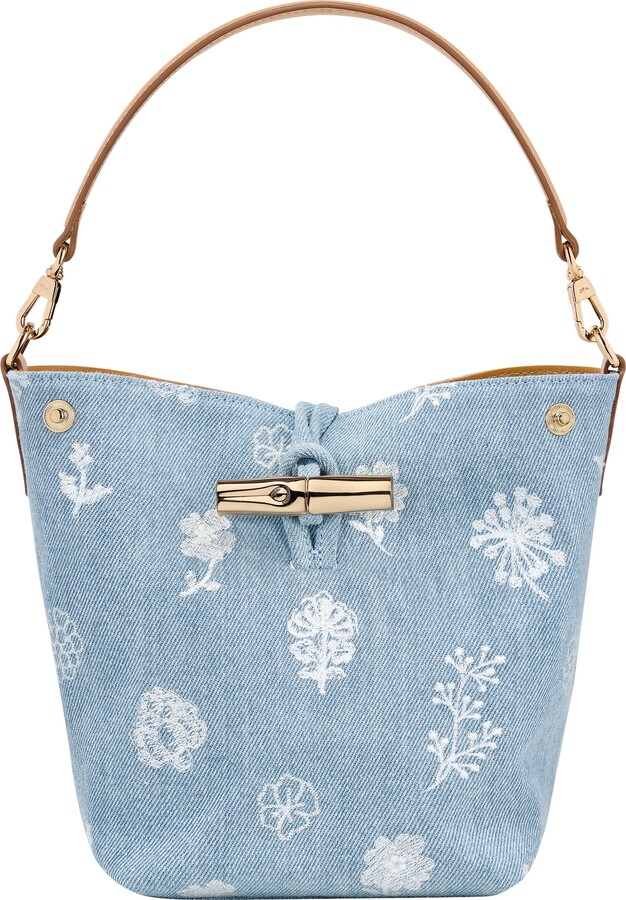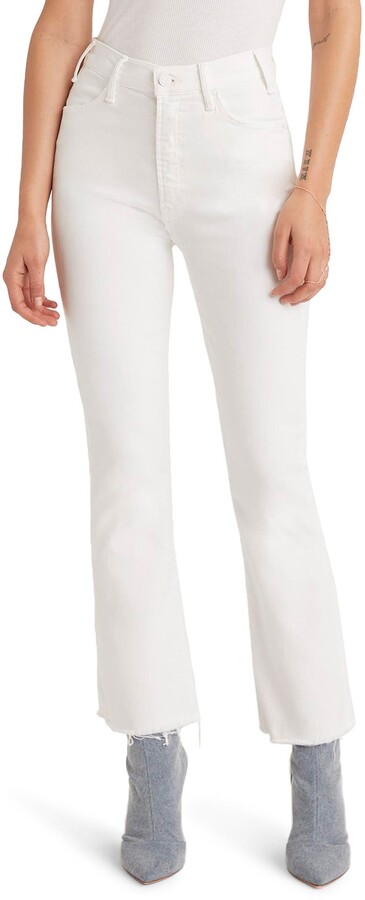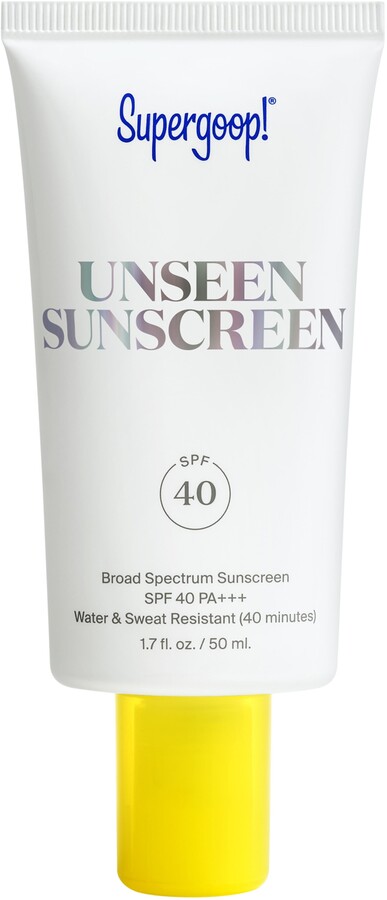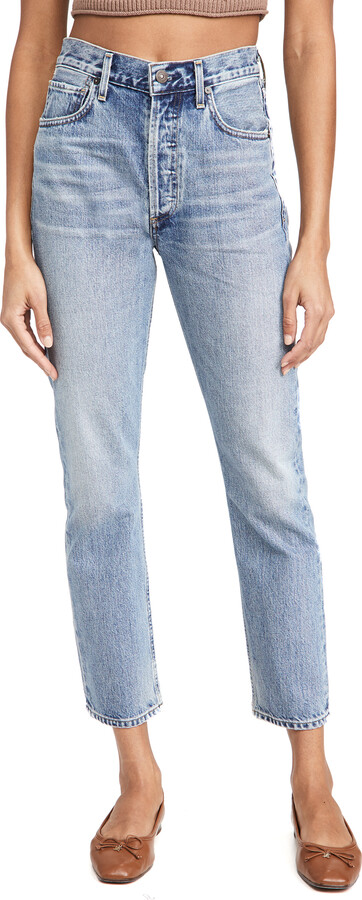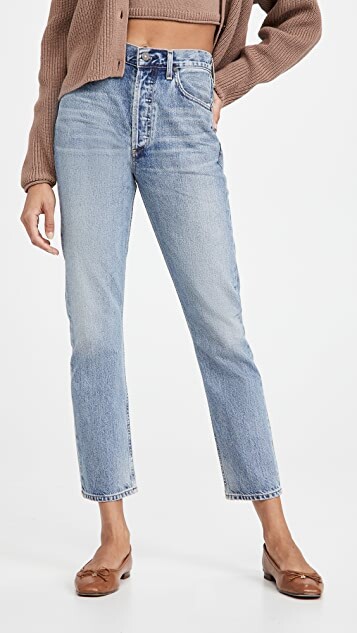Love that French country / Provence garden look? Me too! Let’s read how we can emulate it in our own gardens (well, assuming you live in the right climate zone for these plants).
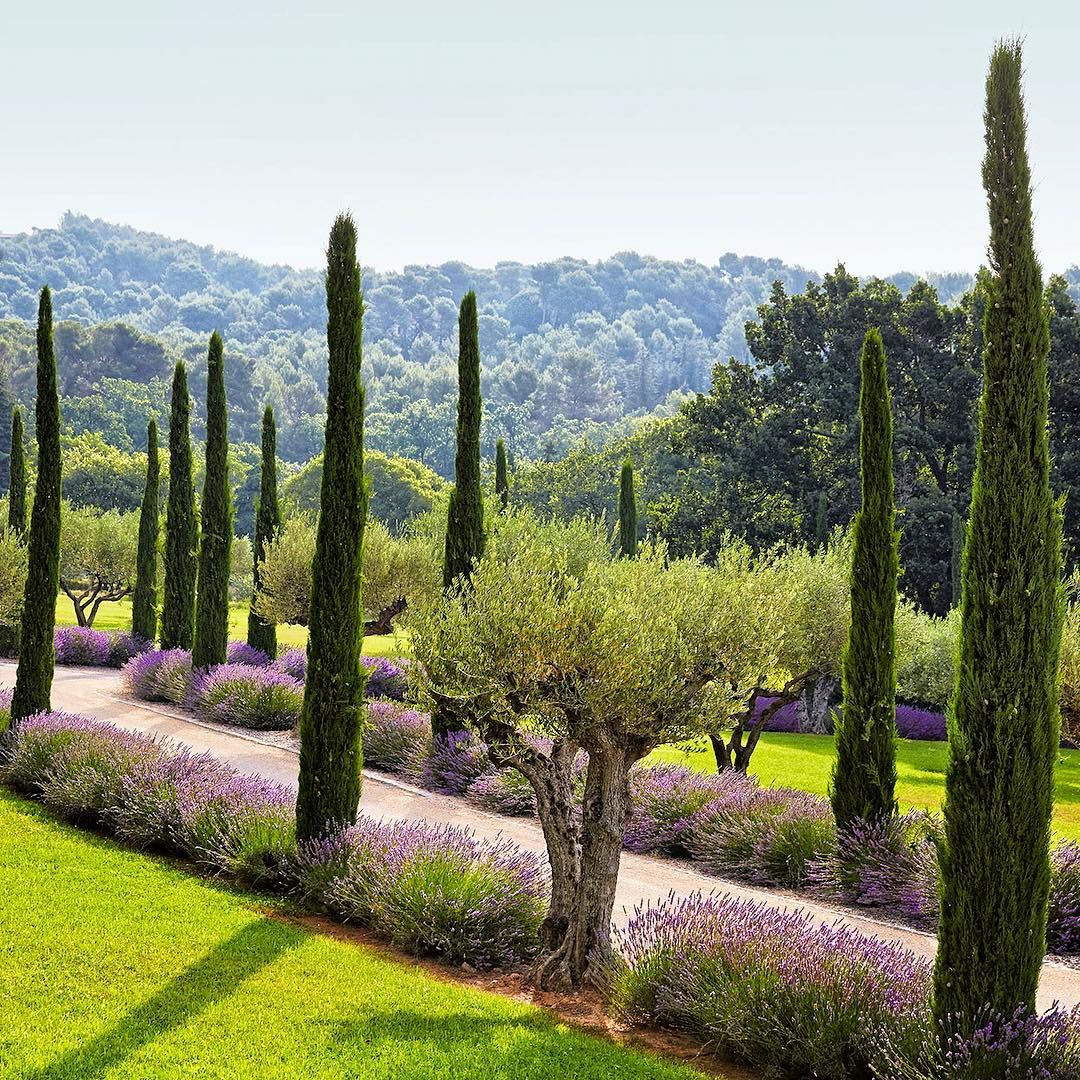
Plants and trees
The trees typically seen in a Provincial garden are Italian cypress trees, olives, sycamore (plane) trees, hornbeam. The plants that are usually seen are lavender, roses, little Ollie, boxwood, nepeta, sage, and wisteria. Plants are typically done in repeat and in masses. They will be sculpted to add variety but often times color palette is not too varied.
Let’s just study this photo below, which is of Chateau Mireille.
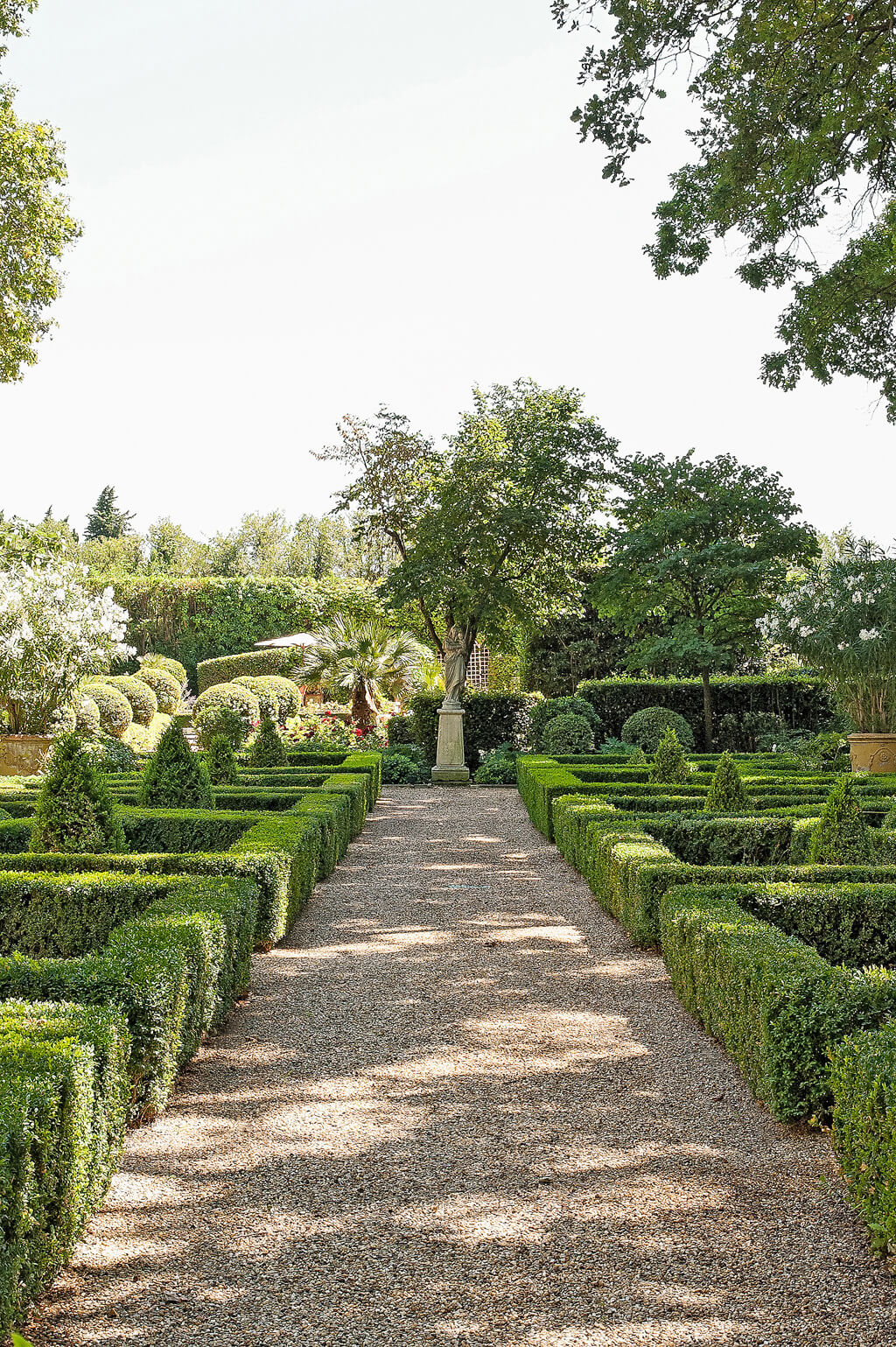
Notice the gravel first. A yellowish gravel in medium size grind. There isn’t a large variety of plants but lots of the same on repeat. Notice the boxwood all shaped into squares and on repeat. Notice the larger bushes in the back – all shaped into spheres. Notice the use of pots here and there. Notice how each area has a little destination.
Ok, let’s study this next photo. This is a beautiful garden, Saint Cannat by Thomas Gentilini.
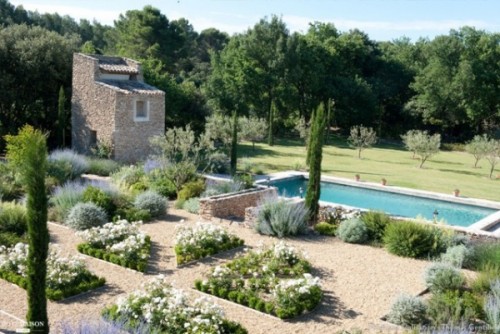
Let’s see. Same yellow gravel. Little destinations to go to. Boxwood used to create shapes. Bushes formed into balls. There is an orchard of olives in the distance. There are cypress trees scattered. A pool serves as a water entire but there is also an old fountain too.
Alright, third case study.
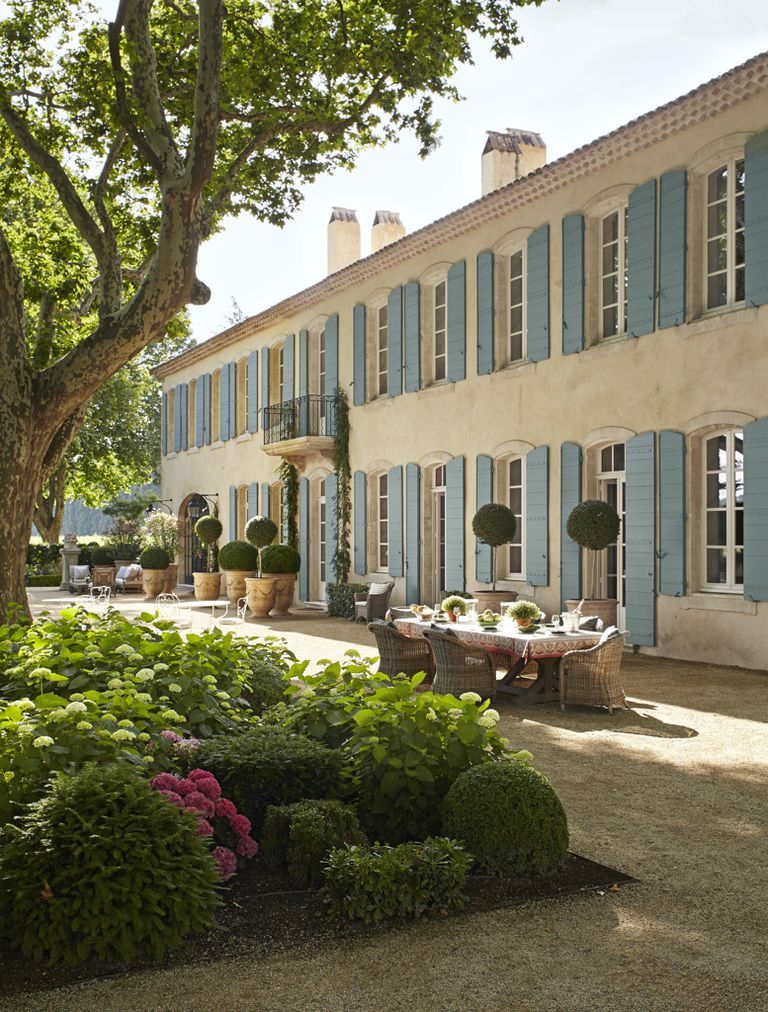
Under the shade of an old sycamore tree, hydrangeas make an appearance en mass. There are pots used for plants that are shaped into spheres. And that same gravel.
Case study 4.
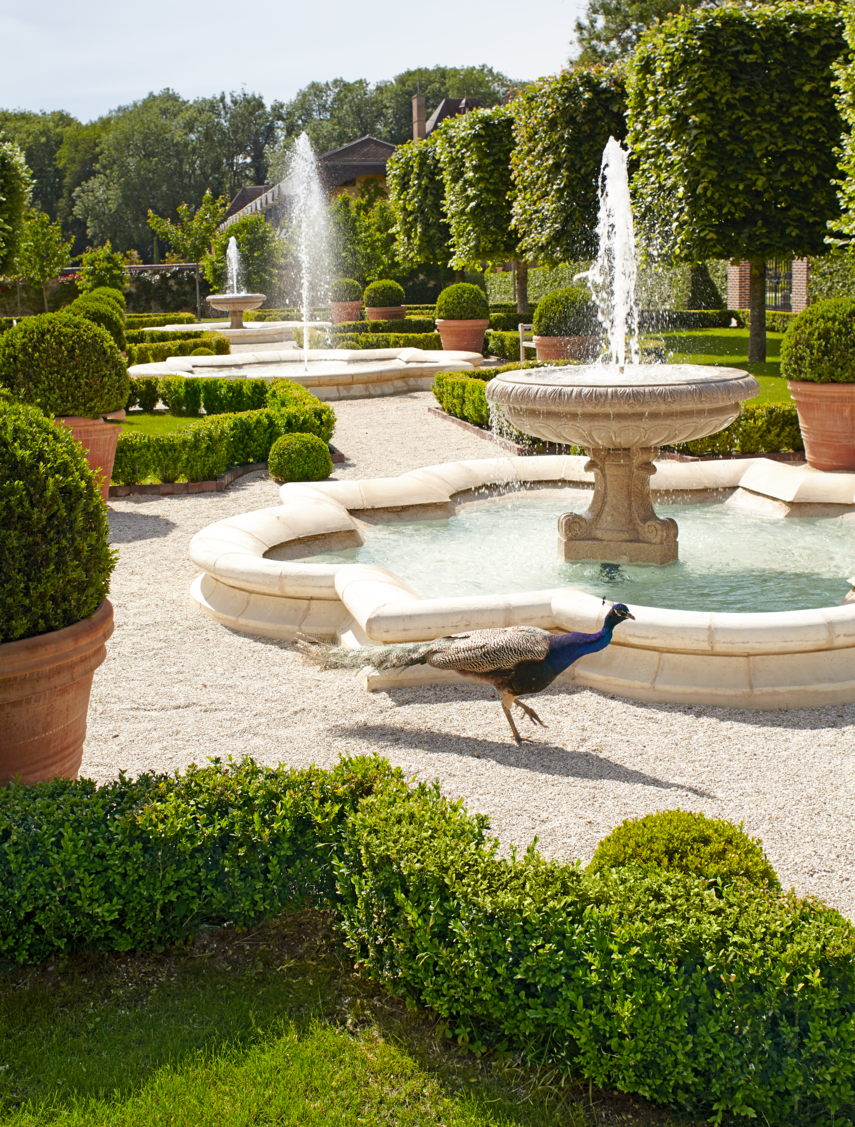
Boxwood hedges sculpted serve as a border. Pots with bushes sculpted into spheres. In this case, multiple water features since it is a huge chateau. There are sculpted hornbeam trees in a row.
Are you getting the idea? Yes, you say, but you showed me pictures of chateaus and I don’t live in one! I know, but you can take these ideas and translate it to your own backyard.
For instance, look below. Let’s say you had fence on all three sides of your backyard. You could get a small wall fountain (the one below is large). Put some gravel down. Here they used agapanthus planted in large masses, with vines on the back wall. You could plant little ollies, lavender, hydrangea (whatever grows where you are but planted in large amounts). Put some vines on your back fence with a fountain – jasmine, wisteria, climbing rose. You could plant say, two hornbeam or two olive trees and put boxwood around them to make it a focal point, and put a table and chairs underneath to make a nice dining spot.
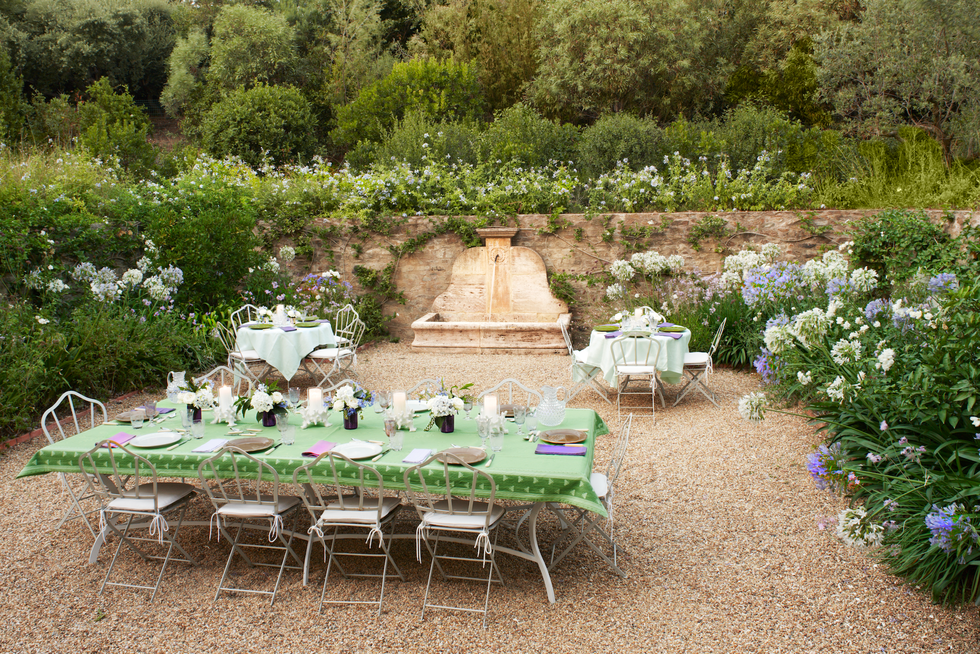
If you are starting a new garden I’ll also give you a tip (if you live in California) – things here grow so well and fast that I wouldn’t spend the extra money on the bigger plants.
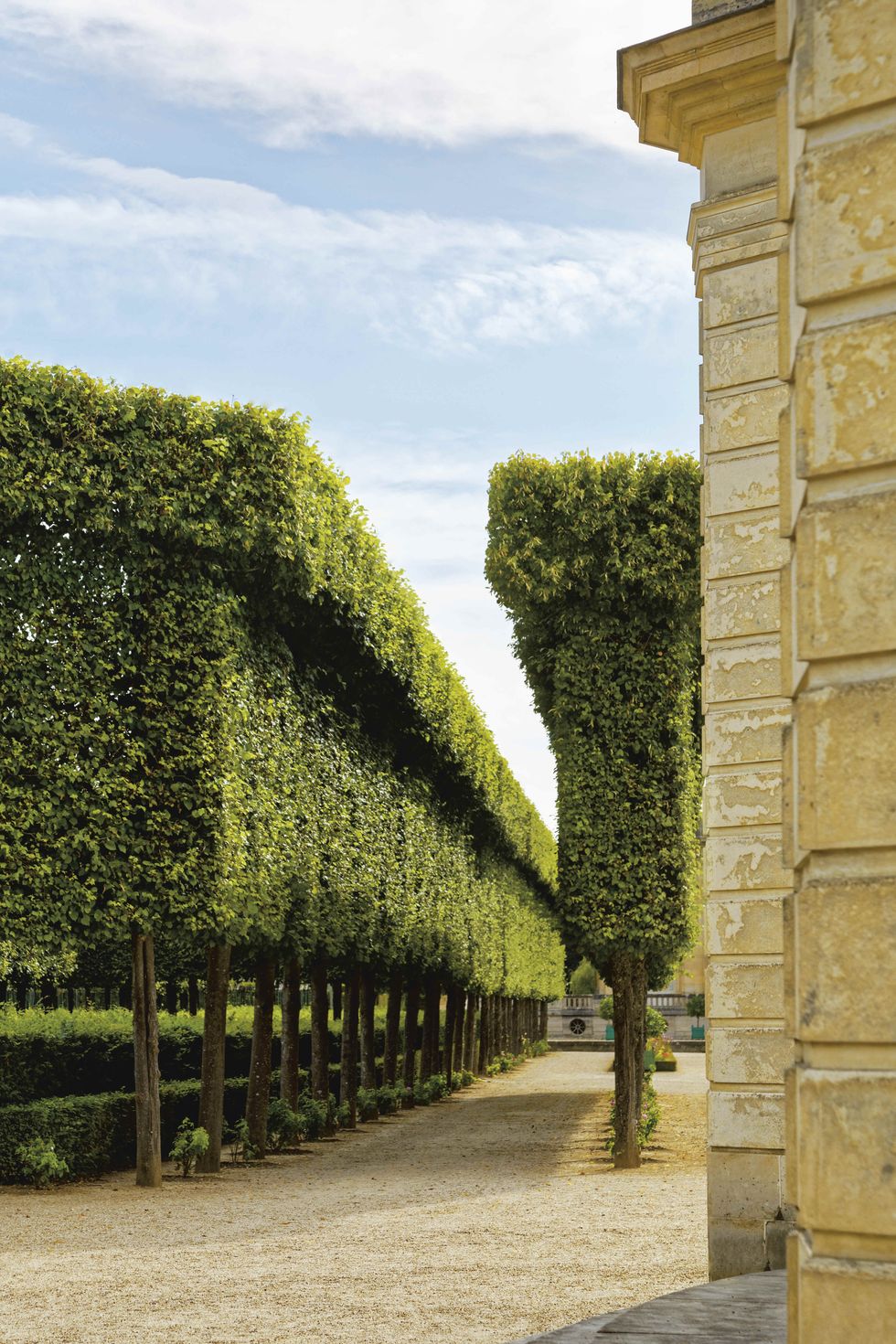
Tree alleys are classic! Yes, the photo above is Versailles, but do you have a driveway? Can you plant tall skinny trees on either side? Or what about a walkway to your front door? Can you plant some small cypress trees? (They come in mini, medium, and standard!)
After our case studies, have you figured out what we need for our French country garden?
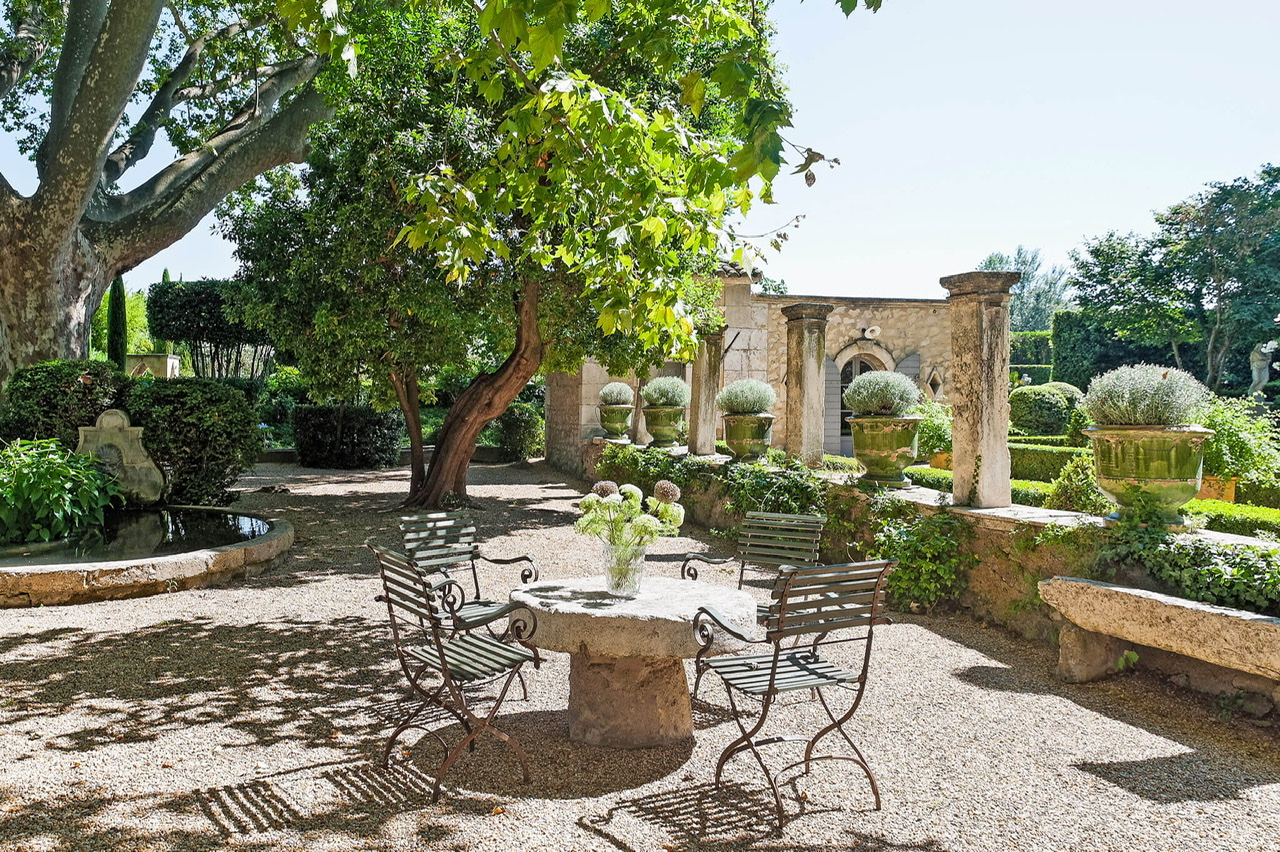
Water feature
Pea sized yellow gravel
Pots
Plants sculpted into shapes, preferably spheres
Plants and trees used on repeat – either plantings en mass or tree alleys
Defined areas within the garden – little destinations to go to



